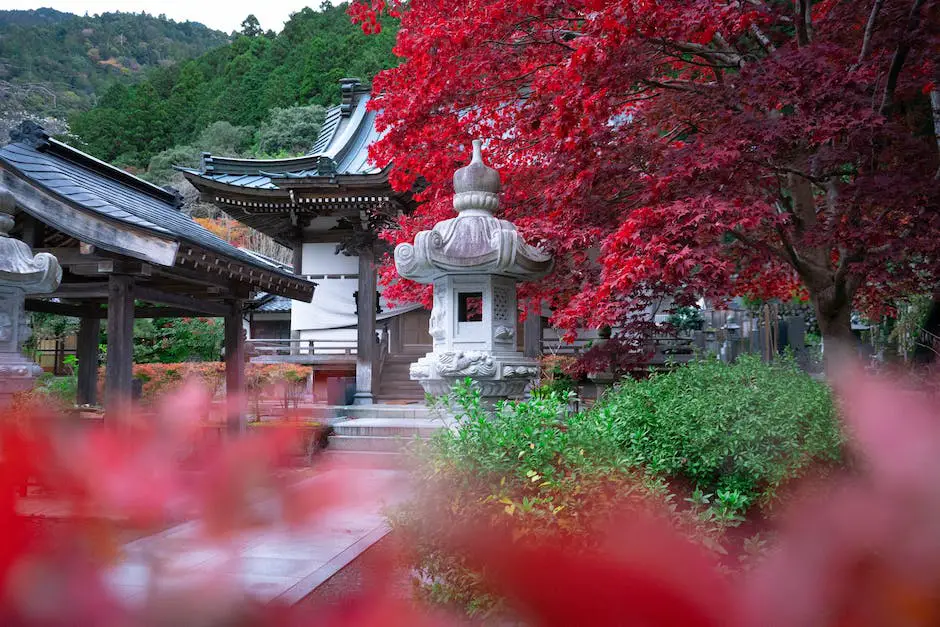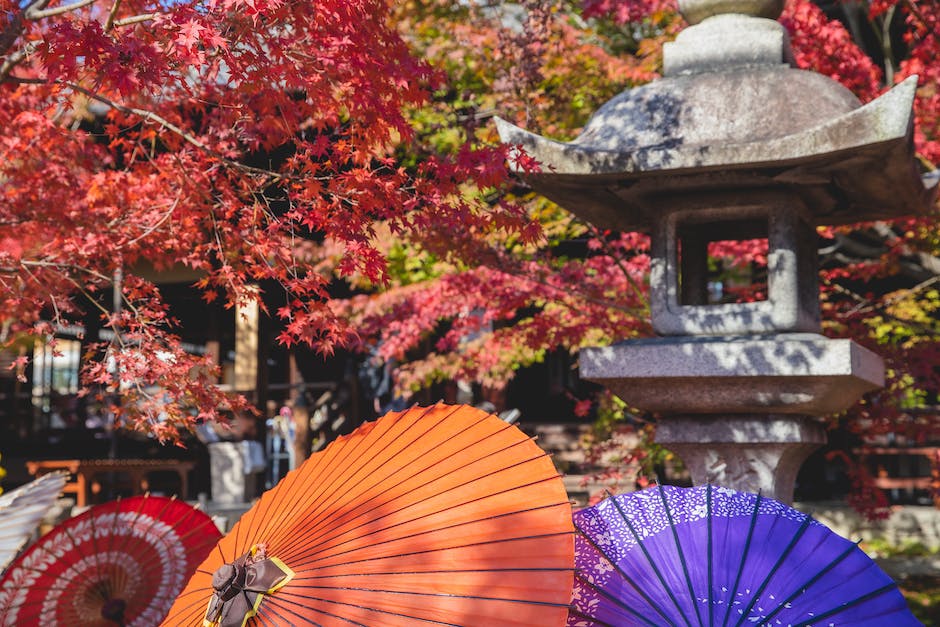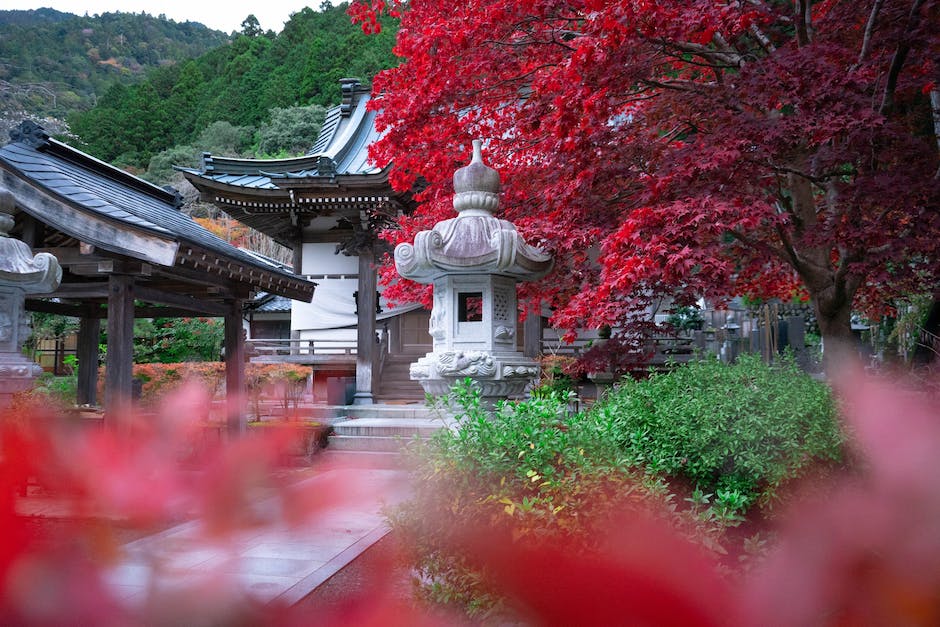Japanese maple trees (Acer palmatum) are popular ornamental trees in many gardens, thanks to their elegant shape and beautiful foliage. Many people think of them as slow-growing trees, but this is not always the case. In fact, the speed of growth varies greatly depending on the species and cultivar.
Yes, Japanese maple trees are slow-growing trees. They can take anywhere from five to ten years to reach their full height.
How long does it take for a Japanese maple to grow?
This tree is known for its beautiful fall colors, and it is a popular choice for landscaping and for containers. It grows slowly, reaching 7 to 12 feet by 4 to 8 feet over 10 years in the landscape, and about 6 feet by 4 feet in a container.
Water stress is one of the reasons why leaves may not grow on Japanese maples. Remember to water these trees not just in summer, but in dry springs and falls as well. Another reason for leafless Japanese maples can be related to their roots. Girdled roots can cause these trees to lose their leaves.
How do you speed up the growth of a Japanese maple tree
Fertilizers rich in nitrogen are best for Japanese Maple trees. In spring and summer, you should feed your Japanese Maple Bonsai with an organic Bonsai fertilizer or other good liquid fertilizer every second week. In the fall, switch to a nitrogen-free fertilizer and cut back on feeding frequency.
Dwarf Japanese maples are perfect for small gardens or as accents in larger gardens. They are slow growing and compact, and have small leaves and short internodes. They are also very easy to care for and require very little pruning.
How tall is a 10 year old maple tree?
The tree is likely younger than 10 years old if it is only 10 feet tall. The cultivar “Aoyagi” also reaches 10 feet tall and wide at 10 years old but matures to 20 feet in both directions in USDA zones 5 through 8, so it is possible that the tree is this cultivar.
If you have a Japanese maple tree that is experiencing leaf scorch, it is best to place it in a spot with dappled shade. This will help to protect the leaves from the hot and dry conditions that can cause them to scorch. Scorched leaves will develop brown margins and may drop from the tree by mid to late summer.
What helps Japanese maples grow?
Japanese maples are beautiful, delicate trees that need special care to thrive. They need dappled or afternoon shade, especially when young, to protect them from the strong sun. They also need protection from strong wind. Their roots prefer well-drained, moist soil, neither excessively wet nor dry. They are also susceptible to late spring frosts, so protection from the cold is important, especially when they are young. With a little care, Japanese maples can be a stunning addition to any garden.
Japanese maple trees are known for their delicate beauty, but without proper care, they can become stressed and susceptible to problems. Some signs that your tree is stressed include dull leaf color and a general lack of vigor. If you notice these stress signs, take action to protect your tree from further damage. Provide adequate water, fertilizer and pest control, and be sure to carefully monitor your tree for any further signs of stress.
How do you encourage a maple tree to grow
It’s important to fertilize your maple tree in the springtime so that it has the nutrients it needs to grow throughout the year. A low-nitrogen, organic 4-8-5 fertilizer is a good option. Spread it over the soil beneath the maple tree canopy drip line at a rate of 1/4 cup for each foot of height. Give the tree additional fertilizer each month from spring to fall.
Japanese maple trees are beautiful additions to any home garden. They are easy to grow and care for, and they come in a variety of colors that will add interest to your garden.
How often should you water your Japanese maple?
When watering your plants, it is important to make sure that you are doing so adequately. Too much or too little water can both be harmful to your plants. One way to check to see if you are watering your plants correctly is to stick your finger into the soil. If the soil is dry, then you need to water your plant. If the soil is wet, then you have watered your plant enough.
Summer sun exposure can result in sunburned leaves on many varieties of red Japanese Maples. I can attest to this from personal experience. With the recent summer winds and hot sun, all of my Japanese Maples have sunburned leaves and some early leaf drop.
How big is a 2 year old Japanese maple
The two year grafts are more established trees with branches size range is normally 12″-24″ with branches. The branches are stronger and the leaves are more green and glossy. The flowers and fruits are bigger and better in quality. The two year grafts are more expensive than one year grafts.
Japanese maples are known for their longevity, and under the right conditions, they can live to be over one hundred years old. However, they typically grow just one to two feet per year, so it is important to buy the largest one you can afford if you want it to last for many years.
What is the prettiest Japanese maple?
Aconitifolium is one of the most beautiful Japanese maples, with deeply cut, fern-like green foliage that turns shades of red, orange and yellow in fall. Also called ‘Maiku Jaku’, this tree changes up the beautiful texture you’ve come to expect from most Japanese maples.
If you are looking to plant a maple tree or any other large tree, make sure to plant it at least 20 feet away from your home. Even if you are looking to plant it for shade, you should still plant it 10 feet away at a minimum.
How long does it take a maple tree to grow to full height
Red maples grow at a relatively fast speed of 12-18 inches per year. This is relatively fast when compared to other trees which can take 20-30 years to reach full size. Red maples are a good choice for someone who wants a tree that will grow relatively quickly.
This is an excellent shade tree for those who want a mature tree in their landscape fast! The Autumn Blaze Maple has a growth rate of 3 to 5 feet per year and can reach heights of 40 to 50 feet and a width of 30 to 40 feet.
Are Japanese maples high maintenance
There’s a reason why Bloodgood Japanese maple trees are so popular – they’re simply stunning. With their deep, vibrant foliage and delicate branches, these trees are a standout no matter what time of year. And best of all, they’re low-maintenance, so you can enjoy their beauty without having to put in a lot of work.
Japanese maple trees are best planted in the spring or fall. They need extra attention during the first few years while they’re getting established, but after that they’re easy-to-grow and low-maintenance. Japanese maple trees are also hardy, so they can withstand some difficult conditions.
Can I plant a Japanese maple close to my house
A Japanese maple can prosper when it is pruned properly, so it can be planted just a metre away from a house. The north and east sides of a house are the ideal locations for Japanese maples (morning sun only).
As the tree grows, the trunk will become thicker. Once the trunk has reached the desired thickness, you can then begin to prune it and place it in a smaller pot.
What are common problems with Japanese maples
Japanese maple trees are susceptible to a number of different diseases that can cause damage to their leaves and cause the leaves to fall off prematurely. The most common diseases are anthracnose, Phyllosticta leaf spot and Pseudomonas tip blight. There are also several different insects that may attack Japanese maples. Leaf feeders include the Japanese beetle.
If you’re seeing leaves turn brown/black at the tips, it could be a sign of over watering. Japanese Maples can appreciate wet soil, but too much water can cause problems. Be sure to monitor your watering and make adjustments as needed.
How hot is too hot for Japanese maple
Japanese maples are some of the most heat tolerant trees around. They can withstand sustained temperatures in the 90s and even 100s. However, some varieties still require afternoon shade.
Hello,
I recommend using a slow or controlled release type fertilizer Commercially known as Polyon or Osmocote, these are the most common and both work very well on Japanese maples.
Does tapping maple tree slow the growth
In the case of sugar maple, some studies showed that tapping can reduce tree growth (Copenheaver et al. 1995) while other studies found no significant effect of tapping on tree growth (Krause et al. 2007). The different results may be due to different management practices, tree species, or other factors.
Young maple trees need a lot of water to stay healthy, especially in dry, hot conditions. It’s best to water your tree a few gallons every couple of days rather than a little every day.
Final Words
No, Japanese maple trees are not slow growing. They can actually grow quite quickly, especially when they are young.
Japanese maple trees are not slow-growing trees. In fact, they can grow quite quickly if they are given the right conditions. They need full sun and well-drained soil to thrive. If you give them these conditions, they will grow quickly and be very healthy.
I’ve always been drawn to trees.
As a kid, I spent most of my free time outside, climbing, exploring, and trying to figure out the names of the trees around me.
That early curiosity eventually led me to study arboriculture and horticulture at Michigan State.
Later, I completed a degree in forestry at the University of Michigan.
I’ve been working in tree care and education ever since.
These days, I enjoy helping people learn more about the trees in their own backyards.
How they grow, how to care for them, and why they matter.
You don’t need to be an expert to appreciate trees.
A little curiosity goes a long way.
